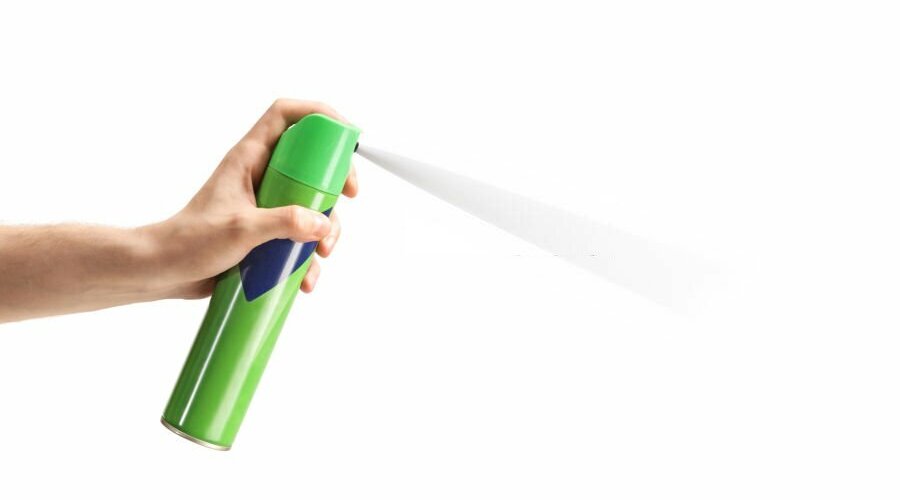The Dangers of DIY Pest Control
Top 10 Hidden Hazards of DIY
Trying to control a pest problem yourself without professional training can be risky. While it may seem easy to pick up some pesticides from the hardware store and start spraying, DIY pest control practice often creates more problems than it solves. Read on to learn about 10 major hazards you expose yourself and your home to with improper application of pest control methods.
1. Improper Pesticide Use
Using pesticides irresponsibly makes it very likely you will misapply them. For example, using the wrong pesticide for the type of pest you have or applying too much of a certain chemical. This can lead to not working properly, forcing you to overuse them. It also increases the risk of damage and contamination in your home environment.
2. Health Issues
Mishandling pesticides often leads to headache, nausea, dizziness, and other symptoms in people. Some chemicals used for DIY have also been linked to chronic conditions like cancer or reproductive harm. Without proper protection and handling procedures, you put human health in jeopardy whenever you use these pest control products.
3. Spreading Infestations
Rather than stopping a pest problem, inadequate pest control often makes it worse. For instance, bugs and rodents may scatter to other parts of the structure when sprayed, carrying diseases, nesting materials, and eggs with them. This quickly spreads the infestation.
4. Disregarding Safety
Most people do not wear proper protective equipment, read usage directions, or take appropriate precautions when attempting DIY pest control. They put themselves and others at risk because safety procedures seem inconvenient or excessive for a household task. However, these guidelines exist to prevent harm from pesticides.
5. Limited Access
DIYers cannot access infested areas that require special equipment, such as attics, wall voids, HVAC systems, etc. Doing pest management without reaching every infested zone leaves breeding populations untouched. These perpetuate the infestation even if you treat some visible areas.
6. Faulty Methods
Incorrect identification of pest species, habitat areas, breeding sites, and other factors means most DIY treatment plans fall short of eliminating an infestation. For example, targeting adult pests without destroying egg nests or spraying visible pests while interior wall voids remain infested.
7. Repeated Infestations
Due to the widespread deficiencies covered so far, DIY pest control often only stops populations temporarily before they recover and spread again. This leads to endless recurrences and future infestation. You end up dumping more money and harmful chemicals on the issue with no long term resolution.
8. Pest Resistance
The wrong use of pesticides when controlling pests on your own often leads to the targeting population developing resistance to that chemical over time. This renders your efforts useless against that species going forward, forcing you to use harsher poisons on resistant bugs and rodents at home.
9. Disease Exposure
Attempting to control diseases carrying pests without professional training boosts risk of the pathogens and parasites they spread, like Hantavirus, plague, Salmonella, etc. Lack of proper handling procedures and personal protective gear makes illness transmission more likely.
10. Toxic Contamination
In addition, health risks from improper use, storage, and disposal of pesticides lead to unintended contamination spread through the home. This results in severe low-level contact with these chemicals as they accumulate in air, surfaces, soil, and dust.
As you can see, DIY pest control may seem like an easy way to save money, but it comes with many hidden dangers you likely won’t anticipate until harm has already happened. Don’t make a pest problem even worse for your home and family by using the wrong methods. Instead, turn to trained pest control professionals using proper techniques and tools every time. The investment in effective pest control service protects what matters most – your household’s health and safety.
The Safe Choice
Prevent these 10 risks by always relying on licensed professionals for pest control treatment. Reputable professional services have extensively trained teams who know how to use pesticides correctly and eliminate pest infestations throughout your entire home, including hard to access spots. They take every safety measure to protect homeowner while achieving effective control of pests. Invest in professional pest control services and avoid DIY dangers today.


